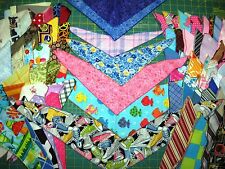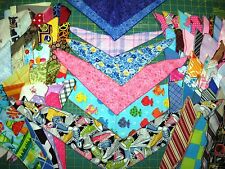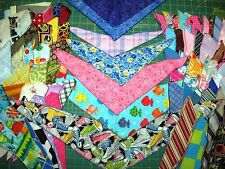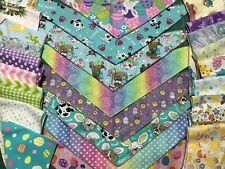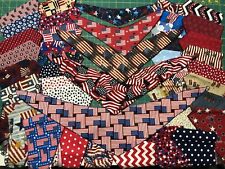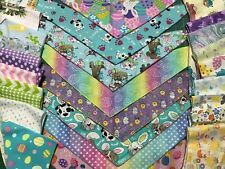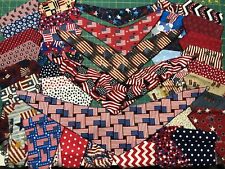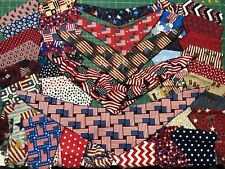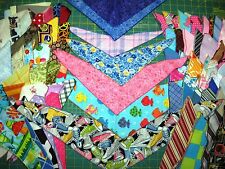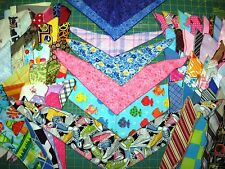Just Three Genes Responsible For Dog Coat Variation
A team of scientists led by Edouard Cadieu, of the National Human Genome Research Institute (NHGRI), have reported that just three genes are responsible for the variety of lengths, growth patterns and textures of dogs’ coats. Their findings will be published in a paper titled "Coat Variation in the Domestic Dog Is Governed by Variants in Three Genes", and will appear in September’s issue of the journal Science.
Modern dog breeds, belonging to what is often described as the most diverse species on earth, represent a unique study population for researchers because they have been selectively bred for many years. Because of this, researchers were able to break down the complex phenotype that is the coat into possible genetic variations. While it is estimated that the modern dog diverged from wolves around 15,000 years ago, most of the genetic changes pursued by breeders for coat type are likely to have happened in only the last several hundred years. The most wolf-like versions of the three genes are still found in the Beagle breed today.
Alterations in a gene called RSPO2 results in wiry hair in a specific pattern, as found in breeds like Schnauzers. Silky or fluffy long hair was found to be associated with alterations of the FGF5 gene, and includes breeds such as Cocker Spaniels and Pomeranians. Curly coated dogs such as the Irish Water Spaniel had alterations in the KRT71 gene, and breeds such as the Poodle have alterations in all three genes, and as such have a long and curly coat in a specific pattern.
"If we can decipher the genetic basis for a complex trait such as the dog’s coat, we believe that we can do it as well with complex diseases," said Dr. Ostrander of the National Human Genome Research Institute.


